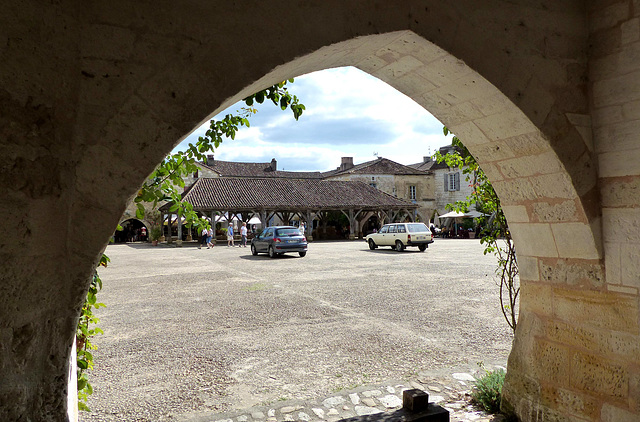Saint-Avit-Sénieur
Saint-Avit-Sénieur
Saint-Avit-Sénieur
Saint-Avit-Sénieur
Saint-Avit-Sénieur
Saint-Avit-Sénieur
Bergerac - Brasserie L'ESCALE
Bergerac - Brasserie L'ESCALE
Abbaye de Cadouin
Abbaye de Cadouin
Abbaye de Cadouin
Abbaye de Cadouin
Abbaye de Cadouin
Abbaye de Cadouin
Abbaye de Cadouin
Abbaye de Cadouin
Abbaye de Cadouin
Abbaye de Cadouin
Abbaye de Cadouin
Abbaye de Cadouin
Abbaye de Cadouin
Abbaye de Cadouin
Abbaye de Cadouin
Monpazier - Saint-Dominique
Monpazier - Saint-Dominique
Monpazier - Saint-Dominique
Monsempron - Saint-Géraud
Monsempron - Saint-Géraud
Monsempron - Saint-Géraud
Monsempron - Saint-Géraud
Monsempron - Saint-Géraud
Monsempron - Saint-Géraud
Monsempron - Saint-Géraud
Monsempron - Saint-Géraud
Castelfranc - Notre-Dame-de-l'Assomption
Caillac - Saint-Pierre-et-Saint-Paul
Caillac - Saint-Pierre-et-Saint-Paul
Caillac - Saint-Pierre-et-Saint-Paul
Saint-Cirq-Lapopie
Saint-Cirq-Lapopie
Larnagol - Saint-Pierre-aux-Liens
Larnagol - Saint-Pierre-aux-Liens
Vers - Notre-Dame de Velles
Vers - Notre-Dame de Velles
Vers - Notre-Dame de Velles
Location
Keywords
Authorizations, license
-
Visible by: Everyone -
All rights reserved
-
75 visits
Monpazier - Julien Buffarot


Monpazier was originally an English bastide, founded in 1284 by a general of the English king Edward I. The Royal Charter granted to the bastide was associated with advantages for the residents, such as tax exemption and the abolition of sovereign rights.
During the Hundred Years' War, Monpazier was fiercely contested and was taken several times by the English and French. The inhabitants violently opposed the reformation, but Huguenots could temporarily occupy the town in 1574.
At the end of the 16th century, Monpazier was one of the main venues of the croquant rebellions ("Jacquerie des croquants") a long peasant uprising, that lasted for decades. One of the leaders, the weaver Buffarot, was captured in 1637 and executed in the central square of Monpazier, seen here.
The execution took part on 6th August 1637. This was a Thursday, the Market Day, to give the gathering public a spectacle .. and to send a message to the adults.
Julien Buffarot was condemned to "supplice de la roue". The "breaking wheel" was the most gruesome form of public execution. The victim was taken to a scaffold and tied to the floor.
The goal now was the agonizing mutilation of the body, not death. The torture started with breaking the leg bones, by dripping the execution wheel on the shinbones of the person and then worked his way up to the arms. In many cases the executioner was instructed to execute the person at the end by aiming for the neck or heart in a "coup de grace". Then body was braided into another wooden spoked wheel, which was possible through the broken limbs. The wheel was then erected on a mast or pole, like a crucifixion.
During the Hundred Years' War, Monpazier was fiercely contested and was taken several times by the English and French. The inhabitants violently opposed the reformation, but Huguenots could temporarily occupy the town in 1574.
At the end of the 16th century, Monpazier was one of the main venues of the croquant rebellions ("Jacquerie des croquants") a long peasant uprising, that lasted for decades. One of the leaders, the weaver Buffarot, was captured in 1637 and executed in the central square of Monpazier, seen here.
The execution took part on 6th August 1637. This was a Thursday, the Market Day, to give the gathering public a spectacle .. and to send a message to the adults.
Julien Buffarot was condemned to "supplice de la roue". The "breaking wheel" was the most gruesome form of public execution. The victim was taken to a scaffold and tied to the floor.
The goal now was the agonizing mutilation of the body, not death. The torture started with breaking the leg bones, by dripping the execution wheel on the shinbones of the person and then worked his way up to the arms. In many cases the executioner was instructed to execute the person at the end by aiming for the neck or heart in a "coup de grace". Then body was braided into another wooden spoked wheel, which was possible through the broken limbs. The wheel was then erected on a mast or pole, like a crucifixion.
- Keyboard shortcuts:
Jump to top
RSS feed- Latest comments - Subscribe to the comment feeds of this photo
- ipernity © 2007-2024
- Help & Contact
|
Club news
|
About ipernity
|
History |
ipernity Club & Prices |
Guide of good conduct
Donate | Group guidelines | Privacy policy | Terms of use | Statutes | In memoria -
Facebook
Twitter

Sign-in to write a comment.